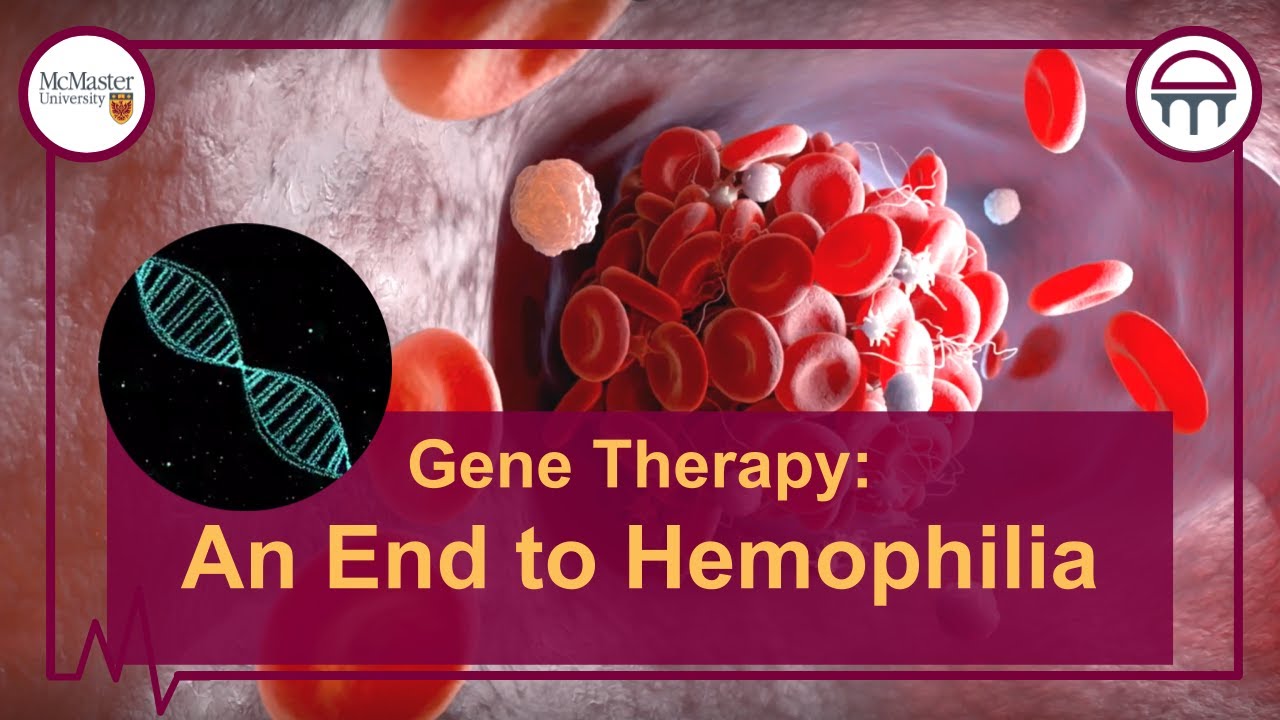What is a Gene Drive?
Summary
TLDRGene drives ensure a specific gene's inheritance in an organism. They attach to the desired gene and alter the organism's DNA, causing all offspring to inherit this gene. The molecular tool within a gene drive targets and modifies other gene versions, leading to consistent inheritance across generations.
Takeaways
- 🧬 A gene drive is a mechanism that ensures a specific gene is inherited by offspring.
- 🔗 Gene drives are attached to the chosen gene and introduced into an organism.
- 👪 Typically, an organism inherits two copies of each gene, one from each parent.
- 🔄 Without a gene drive, offspring receive a mix of gene variants from both parents.
- 🚀 With a gene drive, offspring predominantly inherit the gene with the drive, not just one variant.
- 🔄 The gene drive operates across generations, influencing inheritance in each subsequent generation.
- 🛠️ A gene drive includes molecular instructions for a tool that targets other gene variants.
- 🔍 This tool scans the organism's DNA for different versions of the chosen gene.
- ✂️ When another version is found, the tool cuts it out, creating a gap in the DNA sequence.
- 🔄 The organism uses the gene with the drive as a template to repair the gap, resulting in two copies of the driven gene.
- 🌿 The repair process ensures that the gene with the drive is passed on to the next generation.
- 🔬 Gene drives have potential applications in genetic engineering and species control strategies.
Q & A
What is a gene drive?
-A gene drive is a genetic tool that ensures a specific gene is inherited by all offspring, rather than being passed on to only half of the offspring as in typical inheritance patterns.
How does a gene drive work within an organism?
-A gene drive is attached to a chosen gene and introduced into an organism. It contains instructions for a molecular tool that targets other versions of the chosen gene, cutting them out and using the gene with the drive as a template to repair the DNA, resulting in two copies of the driven gene being passed on to the next generation.
Why is a gene drive significant in genetic inheritance?
-A gene drive is significant because it overrides the usual 50/50 inheritance pattern, ensuring that nearly all offspring inherit the gene with the drive, which can be used to spread desired traits or suppress certain genes across populations.
What is the role of the molecular tool in a gene drive?
-The molecular tool in a gene drive scans the organism's DNA for other versions of the chosen gene and, upon finding them, cuts them out, creating a gap that is then filled using the gene with the drive as a template.
How does the gene drive mechanism ensure that all offspring inherit the gene?
-The gene drive mechanism ensures inheritance by modifying the organism's DNA so that both copies of the gene are the same as the one with the drive, thus all offspring inherit this version of the gene.
Can gene drives be used to alter traits in a species?
-Yes, gene drives can be used to alter traits in a species by ensuring that a specific gene, which may confer a desired trait, is inherited by all offspring, potentially spreading this trait throughout the population.
What are some potential applications of gene drives in biology?
-Gene drives can be used for various applications, including the control of pest populations, the spread of beneficial genes in crops, or the eradication of disease-carrying organisms.
Are there any ethical considerations when using gene drives?
-Yes, there are ethical considerations, such as the potential ecological impact, the long-term effects on biodiversity, and the possibility of unintended consequences when using gene drives to alter natural populations.
How might gene drives be regulated in terms of their use?
-Gene drives may be regulated through scientific review, environmental impact assessments, and legal frameworks to ensure their use is safe, ethical, and beneficial to society and the environment.
What is the difference between gene drive inheritance and Mendelian inheritance?
-Mendelian inheritance follows a 50/50 pattern where offspring inherit one gene copy from each parent, while gene drive inheritance ensures that all offspring inherit the specific gene with the drive, regardless of the parent's other gene versions.
Can gene drives be used to eliminate certain genes from a population?
-Yes, gene drives can be designed to target and eliminate specific genes from a population by ensuring that offspring inherit a modified gene that either suppresses or replaces the undesired gene.
Outlines

Этот раздел доступен только подписчикам платных тарифов. Пожалуйста, перейдите на платный тариф для доступа.
Перейти на платный тарифMindmap

Этот раздел доступен только подписчикам платных тарифов. Пожалуйста, перейдите на платный тариф для доступа.
Перейти на платный тарифKeywords

Этот раздел доступен только подписчикам платных тарифов. Пожалуйста, перейдите на платный тариф для доступа.
Перейти на платный тарифHighlights

Этот раздел доступен только подписчикам платных тарифов. Пожалуйста, перейдите на платный тариф для доступа.
Перейти на платный тарифTranscripts

Этот раздел доступен только подписчикам платных тарифов. Пожалуйста, перейдите на платный тариф для доступа.
Перейти на платный тариф5.0 / 5 (0 votes)






